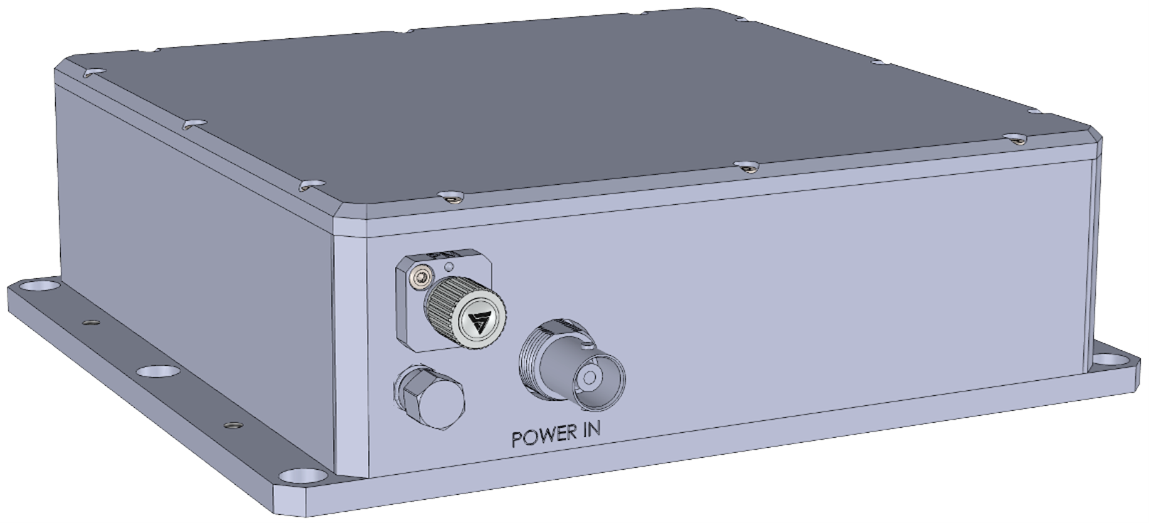Nowadays, the most frequently used high performance optical reference for laser frequency stabilization is an optical cavity with ultralow loss reflective coatings which is then placed in a vacuum chamber to minimize variations in refractive index which would lead to unpredictable and therefore undesirable Optical Path Length (OPL) changes. The optical cavity, contained within the vacuum chamber, must also be isolated from vibrations and with the additional complexity of a temperature stabilization system involving complex and costly technologies. This, nevertheless, represents a powerful tool for laser linewidth narrowing and/or laser frequency noise characterization at ultralow level.
However, these technologies are not optimum for space applications regarding their size and weight, complexity, and sensitivity to environmental variations.
Through this study, we aim to investigate the feasibility of a more compact, less complex optical reference for laser frequency stabilization, with sufficient short- and long-term stability for on-board applications in space, while maintaining a Hz-level linewidth.

